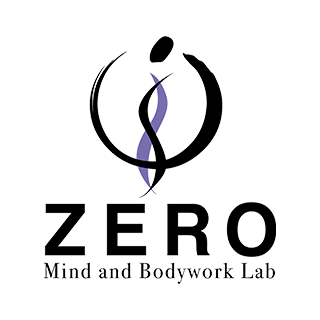Body and Mind Connection
Body and mind connection: Bringing positive personal transformation at emotional level through body approach
Rolfing focuses on ‘the matter that can be observed’ rather than ‘the matter that cannot

Dr. Ida Rolf, who started Rolfing quoted
‘I work on bodies because that’s what I can put my hands on’

One of the key aspects we explore is “comfortable posture.”
Many people prioritize ideas like
“correct” or “incorrect” posture
over what actually feels comfortable.
This is because posture is something we acquire unconsciously.

As we grow up, we are taught by parents, teachers, and workplaces
what is considered “good” posture and what is “bad.”
In doing so, we learn about posture through the lens of external judgment.

As a result, we start thinking about posture with our minds
instead of listening to our bodies.
Over time, we begin to adopt
postures that are burdened with unnecessary tension,
without even realizing it.

Posture is deeply influenced by our
belief systems and psychological patterns.
This is why, even if we seek short-term relief through
massage or chiropractic treatment,
if we don’t address the
underlying beliefs or emotional habits,
our body quickly reverts to its previous state.

I’d like to emphasize that Rolfing is not a psychological therapy.
Though I am trained as a coach in CTI Coaches Institute
and sometimes I provide in combination with coaching,
I am not a trained psychotherapist.
However, the effect of changing the posture from old to new pattern
can provide positive personal transformation at an emotional level.

In fact, many clients choose Rolfing at the timing where
their life is changing, or they would like it to.

If you feel ready to
re-examine your unconscious beliefs through
the experience of your own body,
I invite you to try a trial session at ZERO in Shibuya.
